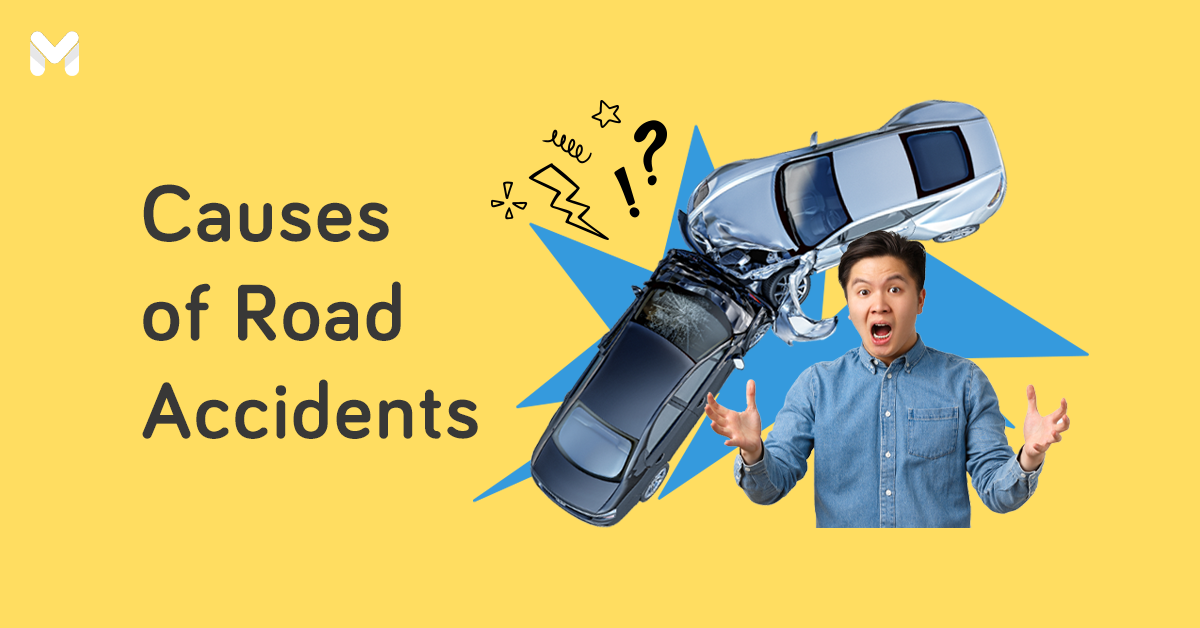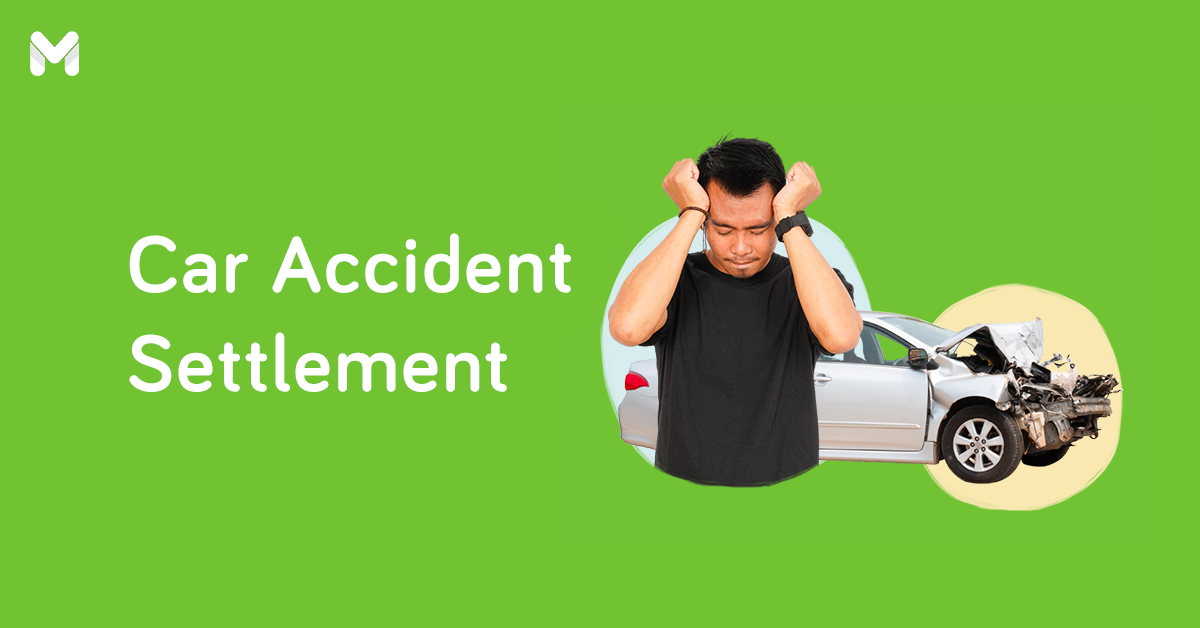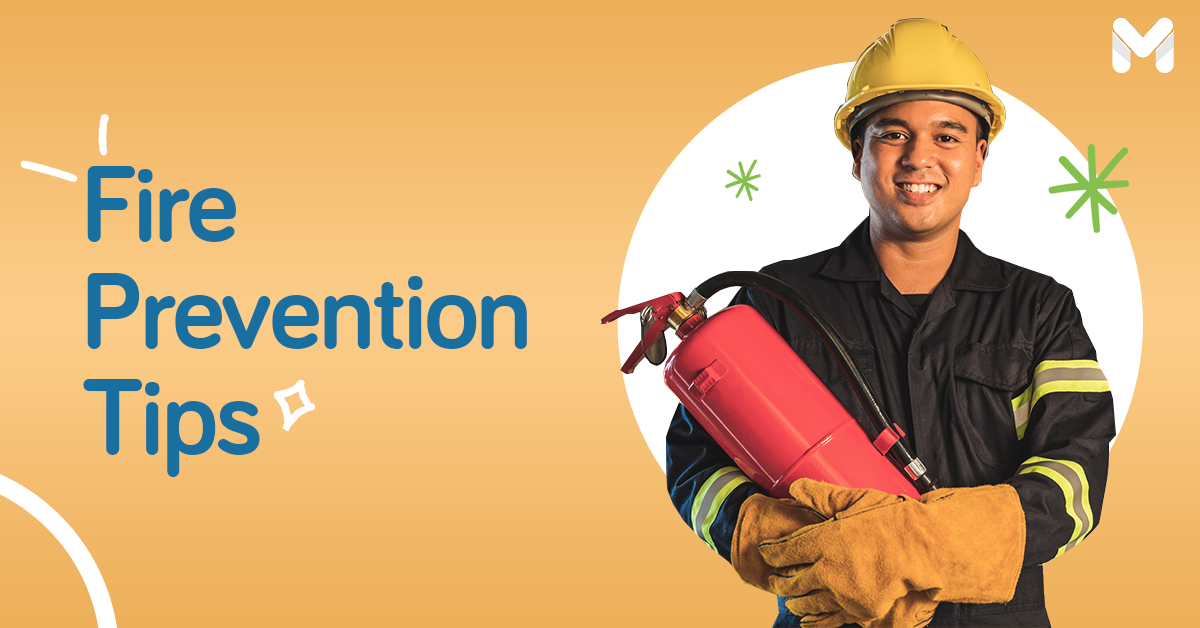You’ve most likely heard the phrase “Don’t drink and drive” already, whether it’s from a public service announcement, driving instructors, or concerned parents and teachers. Think that should be common sense? You’d be surprised—about 25% of road accidents in the Philippines are caused by excessive alcohol consumption.[1]
The Philippines’ Anti-Drunk and Drugged Driving Law prohibits drunk drivers from going on the road. It’s essential reading for all drivers, whether you’re a new one determined to keep your record clean of any violations, or an experienced one looking to refresh your knowledge.
What is Republic Act No. 10586?
Republic Act No. 10586, or the Anti-Drunk and Drugged Driving Act of 2013, penalizes people driving under the influence of alcohol, dangerous drugs, and similar substances. It aims to protect citizens’ lives and properties by promoting responsible and ethical driving.
Who is the Author of the Anti-Drunk and Drugged Driving Law?
Vicente “Tito” Sotto III is the Republic Act No. 10586’s principal author. Then President Benigno “Noynoy” Aquino III signed it into law.[2] Several lawmakers have made amendments to the Anti-Drunk and Drugged Driving Law in the years since.
What are the Salient Points of the Anti-Drunk and Drugged Driving Law?
To summarize, Republic Act No. 10586 makes it illegal for anyone to drive a vehicle while under the influence of alcohol, dangerous drugs, or other similar substances.
Alcohol pertains to wines, beer, or any other intoxicating distilled spirits. Dangerous drugs include but are not limited to cannabis or marijuana, ecstasy, cocaine, and methamphetamine hydrochloride, also known as shabu.
According to Sotto—the law's author himself—the Anti-Drunk and Drugged Driving Act of 2013 mandates a drug test for drivers involved in drug accidents.[3]
Also, under the Anti-Drunk and Drugged Driving Act, law enforcement officials can only pull drivers over if they believe the latter to be under the influence. Signs of driving under the influence include overspeeding, weaving, lane straddling, sudden stops, swerving, poor coordination, and the evident smell of alcohol on the driver’s breath.[4]
If nothing else, sticking your head out the window and singing Olivia Rodrigo’s “Driver’s License” off-key is a very obvious indicator that you’re drunk and shouldn’t be driving at all.
What Happens After You Get Pulled Over While Driving Under the Influence?

First, never attempt to speed off after getting flagged. In 2021, 23-year-old Onemiguel Tan drove away after law enforcement officers, who approached him for blocking traffic along a road in Ermita, spotted sachets of high-grade marijuana inside his car.
After a chase that led all the way to Ayala Bridge, Tan was penalized not just for the violation of the Anti-Drunk and Drugged Driving Law and possession of illegal drugs but also for resistance to persons in authority and obstruction on public roads, which is an MMDA traffic violation.[5]
If you do get caught driving under the influence, you’ll undergo the standardized field sobriety test, which will determine whether you drank too much alcohol or took drugs at the time of the incident.[6]
The sobriety test consists of the following:
1. The Eye Test
The law enforcement officer will move an object from side to side, and you must be able to follow its movement with your eyes from a foot away. This tests for “nystagmus,” or involuntary jerkiness of the eyes. It’s a common symptom for those under the influence of alcohol or drugs.
2. The Walk-and-Turn
To demonstrate your ability to maintain your balance, you’ll walk heel-to-toe in a straight line nine steps forward, turn around, and walk another nine steps back. Wobbliness or failure to complete the nine-step walk is a possible indicator of intoxication.
3. The One-Leg Stand
For the last test, you’ll stand on one leg while keeping the other foot raised six inches above the ground for 30 seconds. This measures your balance and coordination.
In case you fail any of the tests above, you’ll have to take the breathalyzer exam. The breathalyzer is a device that analyzes the amount of alcohol in your blood through your breath.
To pass this test, your results should show a blood alcohol concentration level below 0.05%. Drivers of public utility vehicles, trucks, buses, and motorcycles have to have a blood alcohol level of 0.0%
Meanwhile, if the law enforcement officer believes you to be under the influence of drugs, you’ll be taken to the nearest police station for a drug test.
Should you refuse to take the field sobriety or drug tests, your driver’s license will be confiscated and revoked. If you pass the tests, you’ll be sanctioned only for the traffic offense for which you were pulled over.
What are the Penalties for Driving Under the Influence in the Philippines?
If you fail the field sobriety tests, the breathalyzer exam, and the drug test, you’ll be fined between ₱50,000 and ₱100,000 and given a six-month prison sentence.[7]
If you also cause an injury while drunk driving, you’ll face imprisonment and steeper fines ranging from ₱150,000 to ₱250,000. For accidents that result in homicide, you’ll be imprisoned and fined between ₱350,000 to ₱500,000. Any subsequent car insurance claims may also be rejected.
For non-professional drivers, their license will be confiscated and suspended for 18 months for the first conviction and permanently revoked for the second. For professional drivers, their license will be confiscated and permanently revoked for the first conviction. Once a license is permanently revoked, the driver can no longer apply for another license in the future.
Stay Safe on the Road: How to Avoid Drunk Driving

The obvious answer to this would be to not drink when you’re planning to drive after, but hey, we all deserve to have fun once in a while.
If you’re going out to party with friends, pace yourself while drinking. Avoid drinking alcoholic beverages on an empty stomach and make sure to consume lots of water throughout the night. Don’t get pressured into playing any drinking games as well. You can still enjoy your friends’ company without too much alcohol. To be safe, sober up for a while at a nearby cafe.
The best options, however, would be to just book a cab, spend the night at a friend’s place, or have a designated driver.
Final Thoughts
Driving your own car is a luxury, but it also comes with responsibilities. As a driver, you’d be accountable for a lot of things—staying on top of the ever-changing number coding in the Philippines, keeping all the traffic laws in mind, deciphering road signs, and more.
Most importantly, you’re responsible for both the people inside your car and the commuters, pedestrians, and other drivers outside it. By following the Anti-Drunk and Drugged Driving Law, you can keep everyone—including yourself—safe.
Sources:
- [1] Power of No (Manila Bulletin, 2022)
- [2] AD & DDA revokes mandatory drug testing--Sotto (Senate of the Philippines website)
- [3] Sotto hits treatment of hit-and-run driver, says he must take drug test (Inquirer.net, 2022)
- [4] Republic Act No. 10586 (Official Gazette)
- [5] Drugged, drunk driver caught after car chase (Philippine Star, 2021)
- [6] What you need to know about the Anti-Drunk/Drugged Driving Act (Official Gazette)
- [7] House passes bill providing stiffer penalties for drunk, drugged driving (Inquirer.net, 2021)










